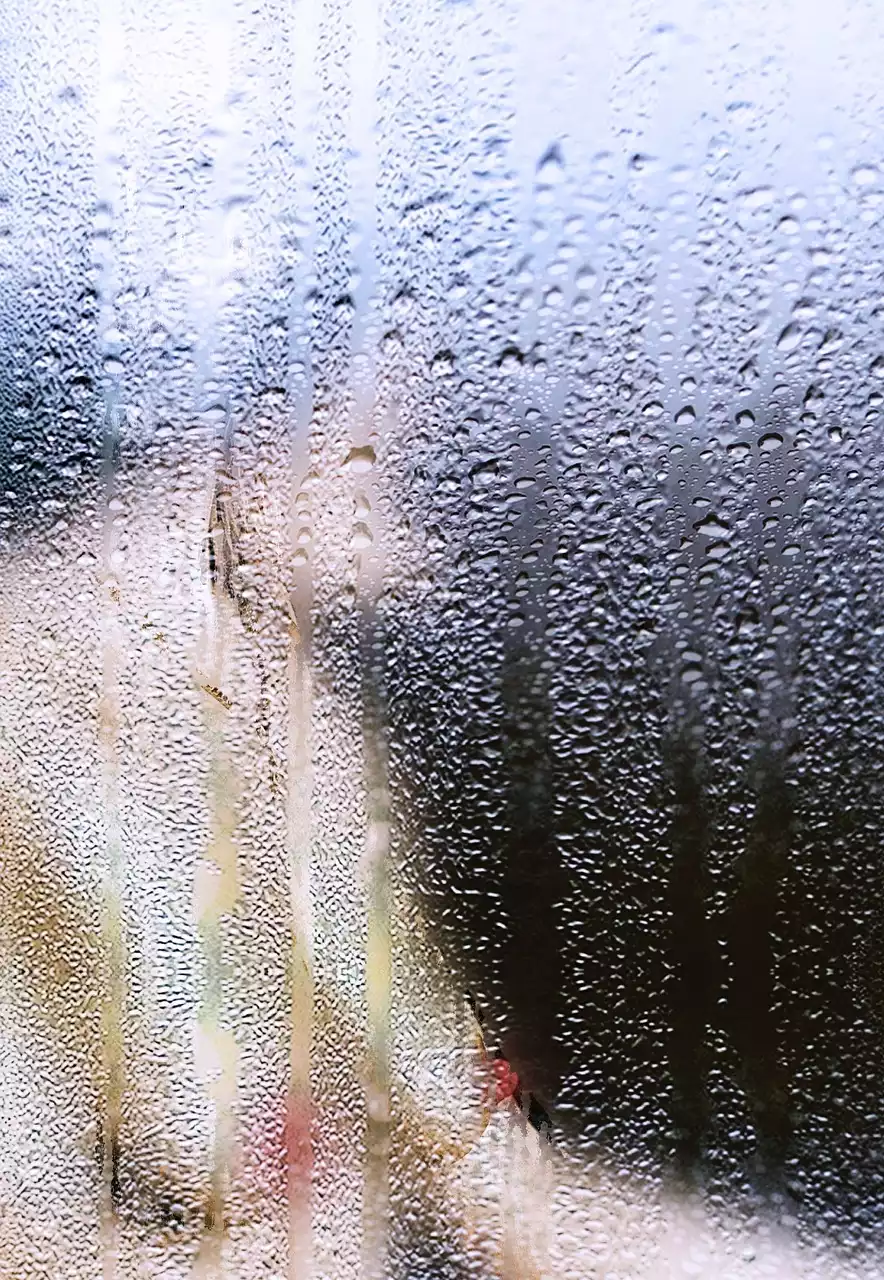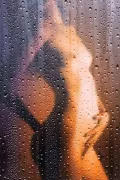Infrared photography is the process of capturing images using infrared light. It uses visible red light, which is the least sensitive to infrared light and converts it into an infrared wavelength we can see. In doing so, you can capture otherwise invisible details that become visible in a monochromatic image. This article will discuss creative ways to use different effects and tricks while taking Infrared Photography.
How to take Infrared Photography?
There are two ways to take infrared photography. The first is to use an infrared filter, which you place in front of your camera lens. This is an easy, quick and inexpensive way to start experimenting with infrared photography, but the downside is that you can only shoot with infrared light; you cannot shoot with visible light as well. The other method is to use a camera that is designed to capture infrared light. The major advantage of this is that you can take regular, visible light photographs as well as infrared ones. If you have a DSLR camera, you can convert it to infrared by removing the IR blocking filter in the camera. This filter is there to block out and prevent infrared light from entering the camera. By removing this filter you can capture images in infrared.
IR Photo effect using DSLR Camera
By and large, the differences between IR and visible light photography are aesthetic. While IR light is not visible to the human eye, it will appear as a bluish colour in photographs, as opposed to the warmer tones of visible light. This can be used to dramatic effect, especially when combined with black and white images. One useful note is that IR light is more intense than visible light. This means that, when using the same shutter speed, you need less light to create an image that is properly exposed. This may not be a huge advantage for most photographers, but it's worth knowing.
IR Video Effect
There are many ways to create effects in video using infrared lighting. You can choose from a variety of colour effects, such as orange, blue, or even green. You can also use infrared filters to create different looks. One popular effect is using a fog machine with an infrared light source. This creates an eerie look that is commonly used in horror movies. If you want to capture infrared video but don't want to buy new equipment, you can make a DIY infrared filter with a few materials. All you need is a piece of red fabric, a rubber band, black tape, and a plastic sandwich bag. Simply put the fabric in the bag, tie it up with the rubber band, and put the bag over your camera lens. You can also use a red lens filter, but this will only block out visible light and allow infrared light to pass through.
How to create a Black and White IR Photo?
To create this effect, you'll need to shoot your picture in infrared light. This can be accomplished using a filter on your lens or by purchasing an infrared camera that uses near-infrared light (NIR). For example, you can convert a Sony A7S or A7R camera to an IR camera by removing the internal IR-blocking filter. Once you've captured your photo in infrared, you can convert it to black and white using any number of photo editing programs such as Adobe Photoshop or Lightroom. You can also use presets if you don't have the time or skills to manually convert the image.
How to create a Colored IR Photo?
Again, you'll need to shoot your picture in infrared light. This can be accomplished using a filter on your lens or by purchasing an infrared camera that uses near-infrared light (NIR). You can also use Photoshop to add colour to your black-and-white infrared photos. For example, you can use the "Vibrance" filter to increase the colour saturation of your infrared photo. Alternatively, you can use the "Hue/Saturation" filter to manually adjust colour levels in your photo. If you want to add colour to your infrared photo, but don't have a digital image to work with, you can use a red laser pointer to trace out an image using a piece of white paper. You can then photograph the white paper using infrared light to create your coloured infrared photo.
How to create a Rainbow IR Photo?
This is the most complex form of infrared photography. You'll need a few extra items and a lot of patience to get a good shot. First, you'll need to buy or build an infrared filter for your camera lens. This can be accomplished in a few different ways. You can use a filter made for ultraviolet (UV) light to block out visible light and let in NIR. You can also build a filter out of some very special materials. If you decide to go with the UV filter, you'll need to block out all UV light, which will appear as a purple haze in your photo. You can do this by covering the filter with black electrical tape.
Other ways of creating different effects in Infrared Photography
- Using a fog machine with infrared light: This creates an eerie look that is commonly used in horror movies.
- Using coloured lights: Coloured lights are often used in clubs to create a certain type of atmosphere. Using coloured lights during infrared photography will give you a different look than white light.
- Using a coloured or UV filter: This will allow you to block out certain colours from showing up in your photo.
- Using different coloured backgrounds: A green or blue coloured backdrop will make your subject appear redder. A red-coloured backdrop will make your subject appear more green or blue.
- Using a bounce: You can use a bounce off of a nearby wall to reflect the infrared light onto your subject.
- Using a colour gel: Colour gels are typically used to colour lights, but they can be used to colour infrared light as well.
- Using a mirror: A mirror will reflect infrared light onto your subject.
Conclusion
Infrared photography is photography that uses light with longer wavelengths than visible light. It falls outside the spectrum visible to the human eye and is often referred to as "infrared". In contrast, normal photography uses light with shorter wavelengths that are visible to the human eye. The key difference between these two types of photography is the light source used. In infrared photography, you capture images using infrared light instead of visible light. This light is invisible to the human eye, which is why infrared photography is also called "false colour" photography. There are different ways you can take infrared photography. The easiest way is to use a filter on your lens. Or you can use a camera that is designed to capture infrared light.

 Tips for Starting Collecting Records
Tips for Starting Collecting Records Reflection Photography - Creative Effects
Reflection Photography - Creative Effects Photography Effects - Light Painting
Photography Effects - Light Painting Experiment With Bokeh for Stunning Effects
Experiment With Bokeh for Stunning Effects Create Silhouettes in your Photography
Create Silhouettes in your Photography